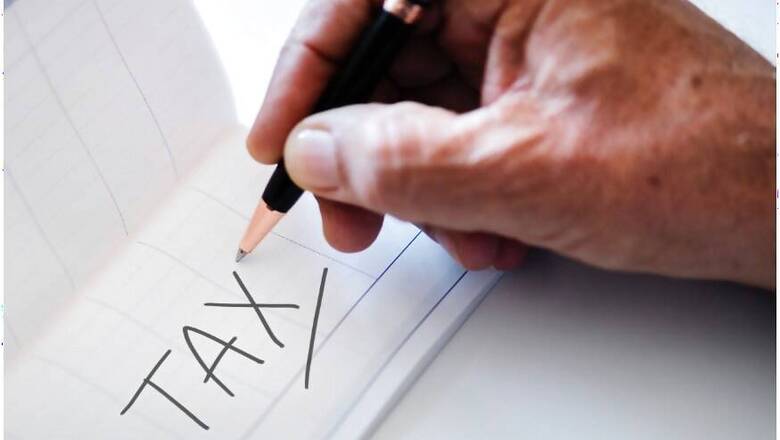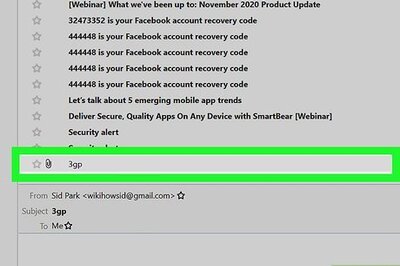
views
As the extended deadline to file income-tax returns (ITRs) for assessment year (AY) 2019-20 approaches fast, it is highly likely that you might have filed your returns already. But the task is not yet over. The Income-Tax Department processes ITRs only after they are successfully verified by the taxpayer, too.
So, if you have already uploaded your ITR, the immediate next thing you should do is to verify and sign the same as the verification process has to be completed within 120 days of filing the return, or the ITR would be considered as invalid.
There are two ways to verify your return – electronically or manually. Under the electronic method, a taxpayer can verify and sign the ITR with a digital signature if the return needs to be audited. In case no audit is required, like with Form ITR 1, ITR 2 or ITR 4, the electronic verification can be completed either using an Aadhaar-enabled one-time password (OTP), or through net-banking, or through a demat account, or even by giving bank account details on the e-filing portal.
In case you opt for manual verification, the return has to be verified by physically sending a copy of the ITR-V (Acknowledgement) after signing it with blue ink to the Central Processing Center (CPC) in Bengaluru within 120 days from the date of filing. Once received, CPC will send an acknowledgment on the registered email ID of the taxpayer.
The taxpayer should correctly mention the email address in the return form as all the communications between him and the department will take place through that email ID itself.
Once the ITR is verified, the income-tax department starts processing your tax return. During processing, the income-tax department checks whether there are any discrepancies between the income and taxed declared by you and the data available with them. After processing is complete, the department generally sends you an intimation under section 143 (1) informing you whether your return has been accepted or whether any discrepancy has been found.
If there is a difference between your ITR and the income-tax department’s calculations, the notice under section 143 (1) will show additional tax payable and the intimation would be treated as a ‘notice of demand’. In case there is any refund due, it will be issued only after the processing is completed.




















Comments
0 comment